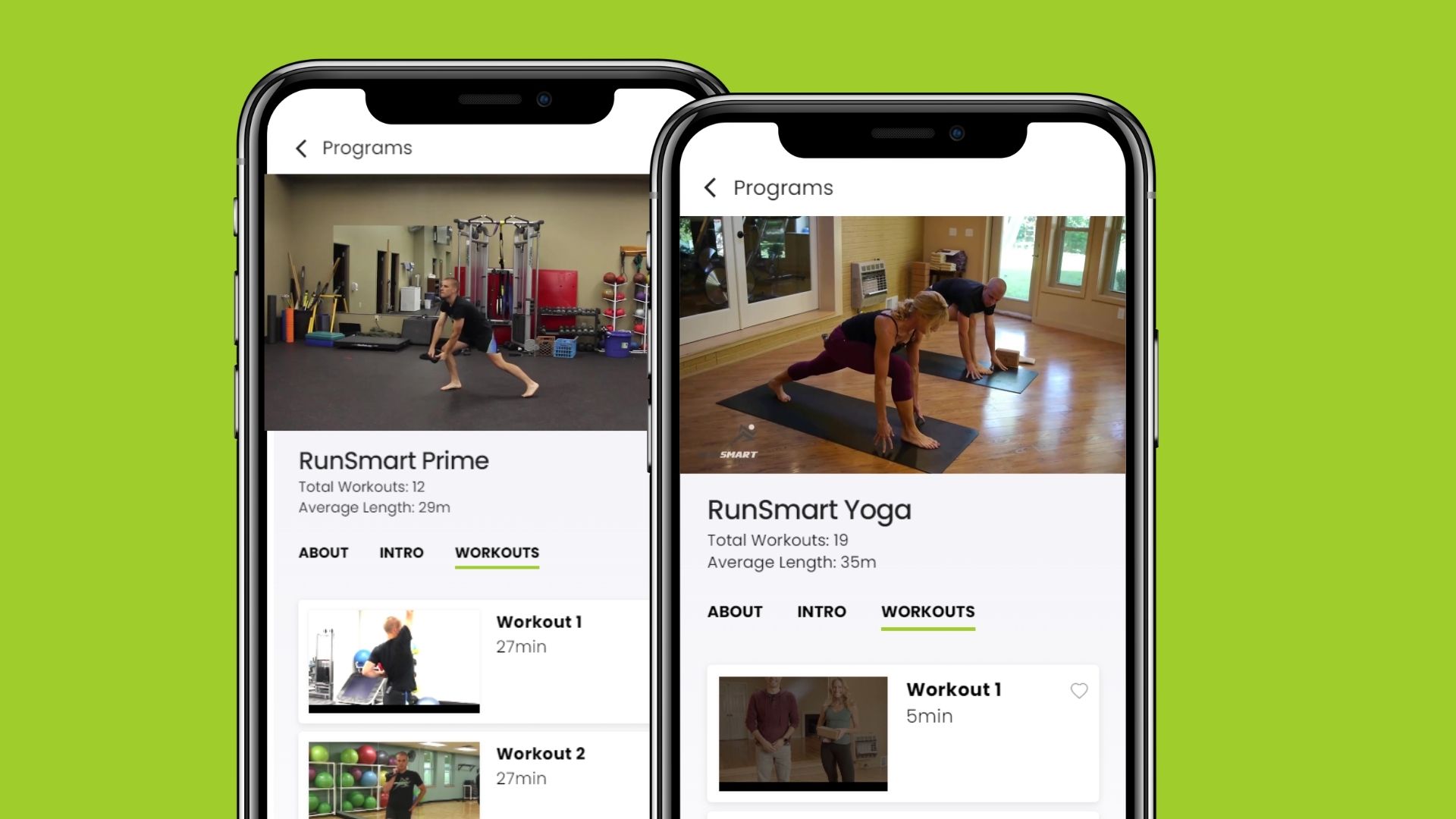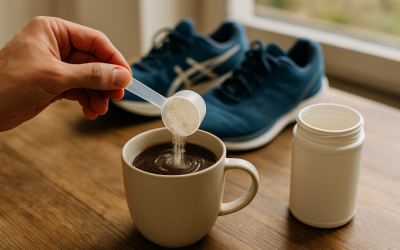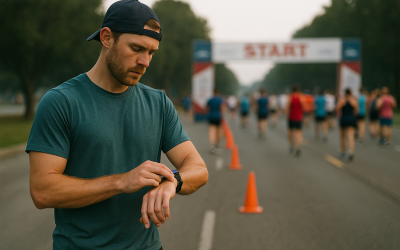Do you find yourself constantly exhausted and prone to injury? You might be surprised to learn that the solution lies in slowing down!
As a physical therapist specializing in running, I’ve seen a common issue among runners – consistently running too fast. Let me introduce you to the concept of “breakdown pace” and explain why it’s crucial to focus on your base pace instead.
The Breakdown Pace Dilemma
Breakdown pace is that comfortable yet not-so-easy pace we often drift into when we zone out during a run. As we think about dinner, chores, or work-related tasks, we unknowingly adopt this pace that’s neither too hard nor too easy.
The problem with running at a breakdown pace is that it slowly chips away, leading to fatigue, overtraining, and injury.
The Power of Base Pace
Focusing on your base pace for most runs is essential to avoid these issues. This approach allows each run to be cumulative, building your aerobic engine and laying a solid foundation for more challenging speed workouts.
What is base pace?
The easiest way to describe it is conversational pace running. It usually feels too easy (read boring) for most runners. A simple test is to check your breathing while running – if you can’t easily have a conversation without gasping at the end of a sentence, you’re running too hard.
Here’s a quick chart that references the average base pace for a variety of half marathon and marathon goal times:

Dealing with Doubts: How will running slower help me run faster?
Many runners worry that running slower will negatively impact their performance. You may think, “base pace is slower than race pace, how am I ever going to run my goal time if I’m running slower?”
There are two ways to confront the doubts.
First, trust the process. You can’t boost your speed and fitness if you’re injured. Slower running will reduce your risk for injury, allowing you to stay more consistent and miss fewer runs due to pain or soreness.
Remember, the purpose of base pace is to build your fitness, not speed. When you develop a strong base, you can tack speed on top to take your fitness to a new level.
The second reason base pace is difficult:
You may be fitter than you realize. Adjusting your race goals can make your base pace more reasonable (albeit still conversational).
You can read this post on how to test your fitness to recalibrate your pacing.
The bottom line is that most runners run too hard, adopting a breakdown pace that results in overtraining. If you feel constantly fatigued, sore, or injured, check your pacing.
Adopting a slower pace, like base pace, could be the missing link.




